#1 march
Explore tagged Tumblr posts
Text

An aerial view of Rockefeller Center on March 1, 1937.
Photo: NY Daily News
#vintage New York#1930s#Rockefeller Center#March 1#1 March#aerial view#old NY#aerial Manhattan#vintage NYC#NY 1930s
76 notes
·
View notes
Text
@5SOS: This really special one with @davidguetta and @wearegalantis is out. Lighter is yours!!
1 March 2024
#lighter#5sos lighter#5sos#5 seconds of summer#calum hood#ashton irwin#luke hemmings#michael clifford#david guetta#galantis#video#promo video#1 march#2024#collaboration#collab#tw flashing#the 5sos show tour
16 notes
·
View notes
Text

March 1 — from the Diaries of Franz Kafka.
#franz kafka#march#march 1#march 1st#1 march#franz kafka diaries#the diaries of franz kafka#kafkaesque#kafka#writing#journal#journaling#diary#dark academia#dark academic aesthetic#web weaving#word weaving#tags for reach ->#girlblogging#girlblog#coquette#femcel#waif#female hysteria#waifspo#girl interrupted#female manipulator#my bad yall#kafka diaries#franz kafka daily
13 notes
·
View notes
Text
1 March 1968
Ringo and Maureen get tired of beans (to eat) and flies (just existing) and leave India after two weeks with the Maharishi.
13 notes
·
View notes
Text
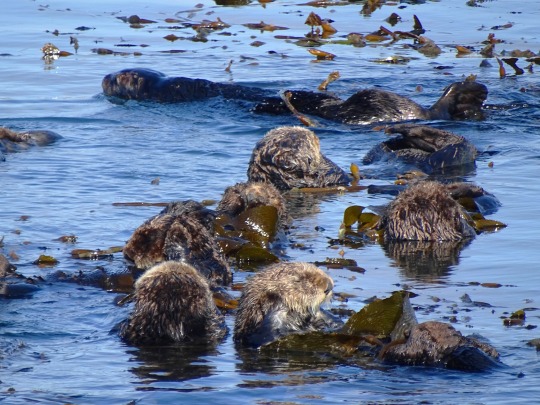
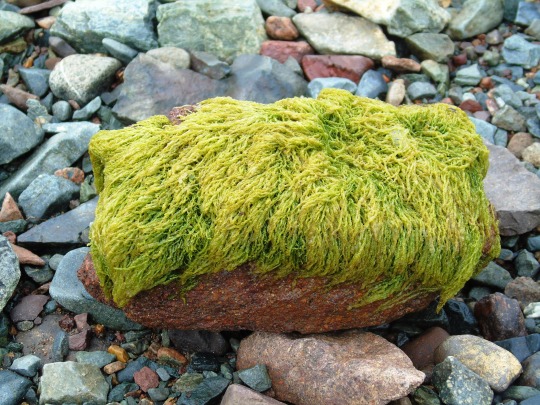

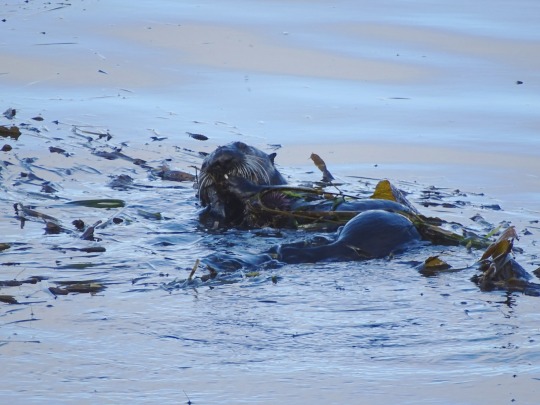
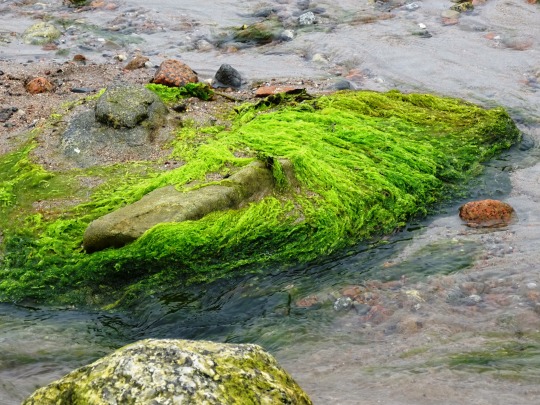
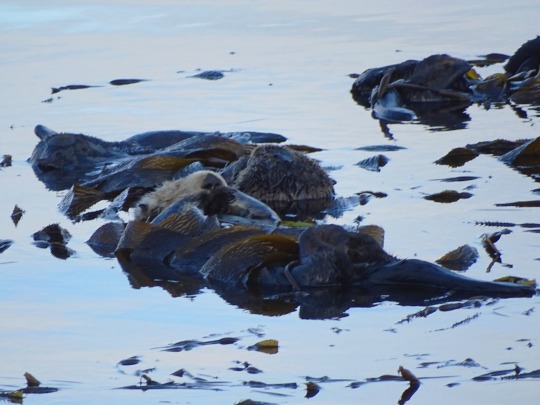
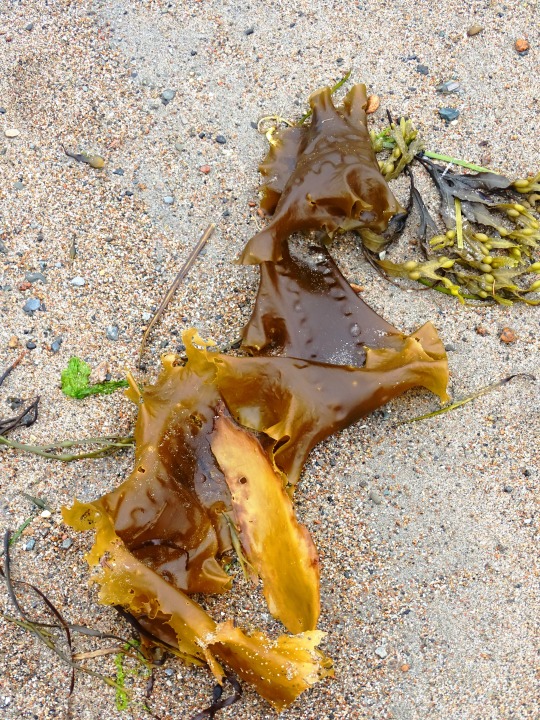
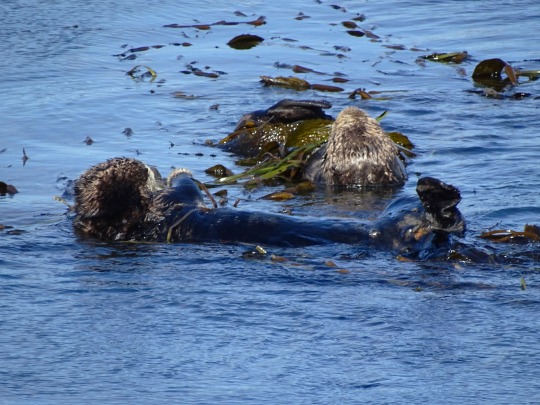
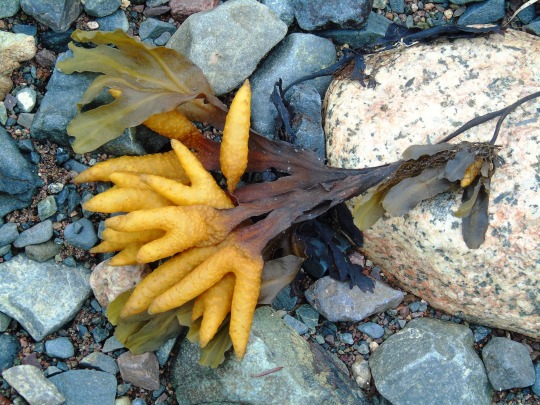
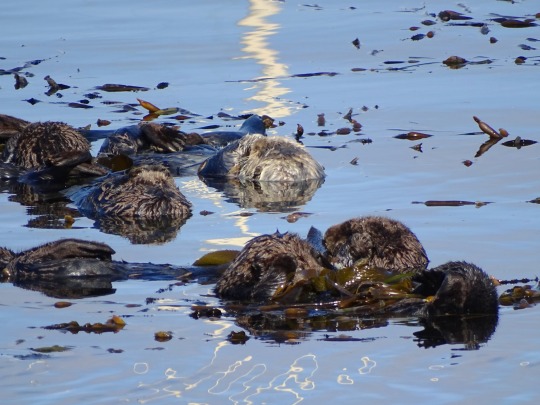

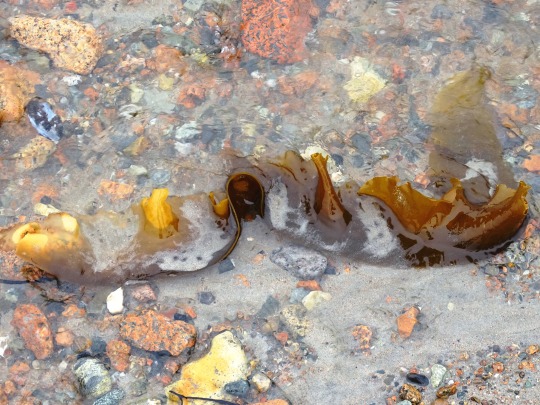
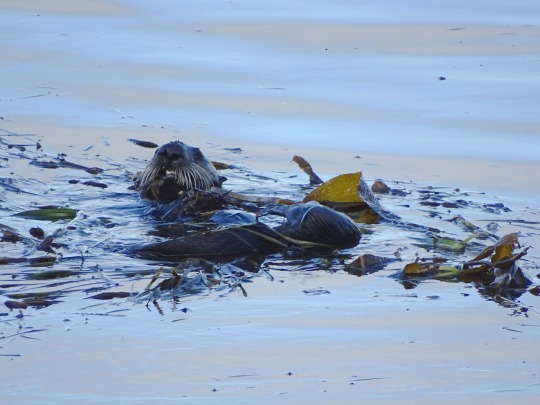
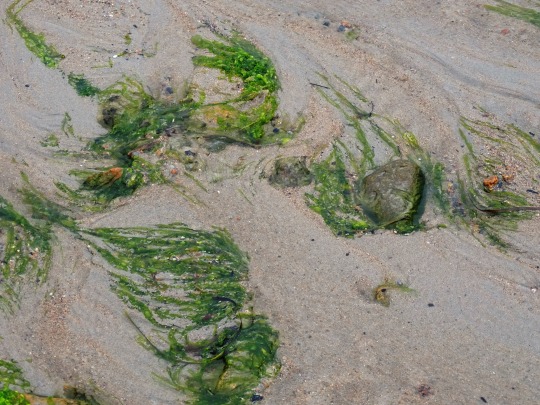
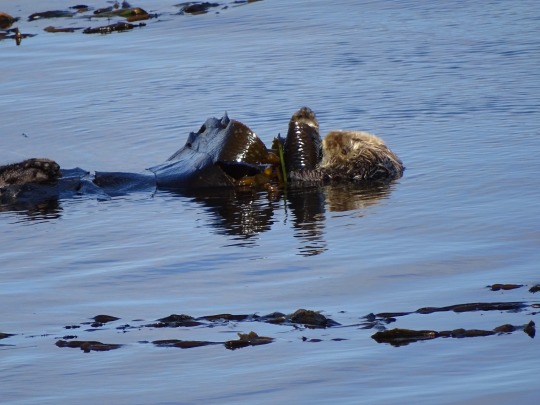
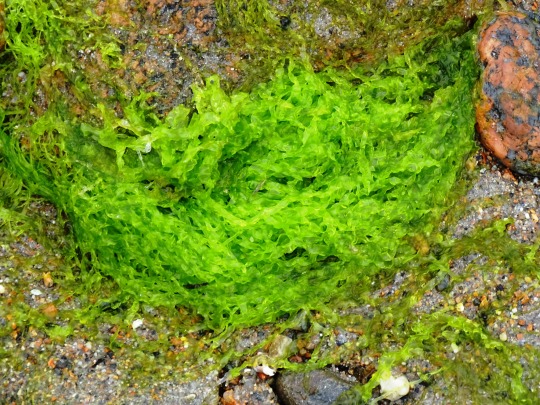
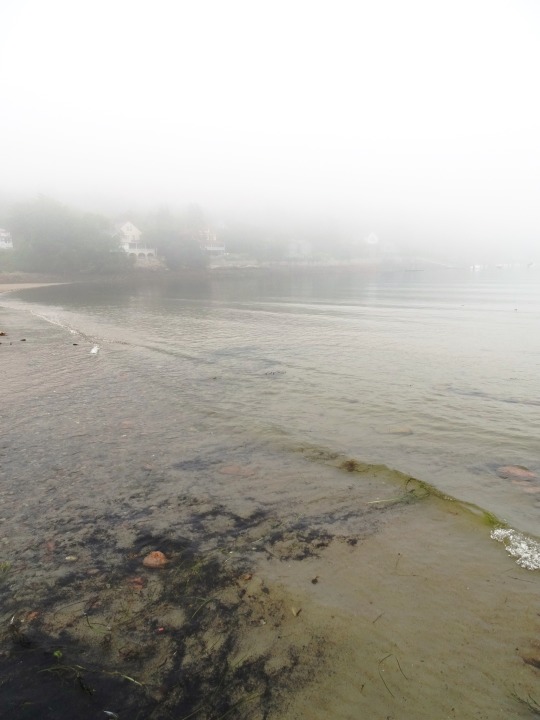
World Seagrass Day
World Seagrass Day is celebrated annually on March 1 to raise awareness about seagrass and its important functions in the marine ecosystem. It was declared by the United Nations General Assembly on May 22, 2022, following a resolution passed by Sri Lanka to emphasize the conservation of seagrass in marine environments. Seagrass is a flowering marine plant present along coastlines worldwide, acting as a crucial source of food for marine life and helping stabilize water quality.
History of World Seagrass Day
Seagrass serves an important role in maintaining the marine ecosystem. Except for Antarctica, various types of seagrass are found on coastlines around the world. From the common eelgrass, shoal grass, star grass, and the like, seagrass provides an important source of food for marine life. It also supplies crucial environmental, social, and economic benefits.
Seagrass evolved around 100 million years ago when most plant life was still found underwater. Over the course of its evolution, it has adapted to living and reproducing in various marine environments, bending and swaying with currents and dispersing its pollen through the water.
Fish, turtles, manatees, plankton, and even sharks get their sustenance from seagrass, among other things. Seagrass also acts as nursery habitats for commercially harvested fish and helps improve the water quality of the environment it inhabits. There are currently 72 recorded types of seagrass in the world, covering an area of around 300,000 square kilometers in 159 countries.
Seagrass sediments contain between 4,200 and 8,400 Tg of organic carbon, which is nearly twice the amount of carbon per area compared with land soil. With the advent and ongoing process of climate change, seagrass’ role as a carbon deposit is much more crucial today, to help sustain sea life and its ecosystem. For one, it stores up to 18% of the world’s oceanic carbon, which is greater than the percentage stored by rainforests. This function makes it a key influence in battling the effects of climate change.
As with most marine resources, seagrass is currently under threat by human activity. A United Nations report stated that up to 7% of seagrass marine habitats are being wiped out worldwide every year; this is equivalent to a football field of seagrass lost every 30 minutes.
This emergency compelled the United Nations, following a resolution by Sri Lanka, to declare a formal World Seagrass Day, to raise awareness on preserving and conserving seagrass around the world. The commemoration was formally announced in 2022.
World Seagrass Day timeline
100 Million Years Ago Seagrass’ Evolution Begins
Seagrass begins to evolve from terrestrial plants.
1930s A Disease Ravages
Up to 90% of all eelgrass in temperate North America is wiped out after succumbing to a mold-like disease, causing the extinction of a type of sea snail.
2014 Restoration Efforts Succeed
Around 7.65 million seagrass seeds are planted along the coast of Virginia, U.S., resulting in the growth of up to 6,195 acres in one of the most successful seagrass restoration efforts.
2022 World Seagrass Day is Initiated
The United Nations declares March 1 as World Seagrass Day.
World Seagrass Day FAQs
Where is the largest seagrass plant in the world?
The world’s largest seagrass plant — which is the size of 28,000 football fields — is located in Western Australia.
What is the difference between seagrass and seaweed?
The main difference is that seagrass has roots, stems, and leaves, while seaweed does not. Seagrass is considered a vascular plant, while seaweed is more of a collection of multicellular algae.
What are the most common human uses of seagrass?
Humans use seagrass to fertilize fields, insulate houses, thatch roofs, weave and hold furniture together, fill mattresses and car seats, e.t.c. Additionally, seagrass supports the commercial fishery industry while also helping absorb carbon dioxide from the atmosphere.
How to Observe World Seagrass Day
Read about seagrass
Support seagrass charities
Visit the shore
What better way to learn about seagrass, its role, and its plight than to read a material written by the experts? Read articles, books, and reports by marine scientists, conservation foundations, and similar institutions to broaden your knowledge of seagrass.
Support and/or donate to seagrass conservation efforts worldwide. These include such organizations as Project Seagrass and The Ocean Foundation’s SeaGrass Grow program. Your support makes all the difference.
Travel to the coast and bask in the seagrass-covered waters. Hang out at the beach, swim in the ocean, and see what kinds of seagrass are there. After all, seagrass helps make the view picturesque and natural.
5 Important Facts About Seagrass
Millions depend on seagrass underwater
An effective carbon absorber
The sun gives life to all
The efficacy of seagrass
An emergency situation
Seagrass provides a habitat and food for almost 70% of all sea life, from manatees and sea turtles to shellfish and plankton.
Seagrass is able to absorb carbon up to 35x faster than the Amazon Rainforest.
Like all grassy plants, seagrass needs an ample amount of sunlight to survive, thus making it most visible in sunnier climates and greater depths.
A football field’s worth of seagrass is able to absorb 7,500 miles worth of automobile pollutants and treat sewage from 780 people.
At least 35% of seagrass worldwide has been lost or degraded in the past 40 years, further accentuating the need for conservation.
Why World Seagrass Day is Important
Seagrass keeps the world running
Seagrass is reliable
It spares us the thought of environmental dysfunction
Seagrass plays an important role in maintaining both marine and human ecosystems. Its function as a carbon sink helps absorb carbon particles from the surface and from the sea, which helps improve the quality of the water and lives of those who live around it.
Aside from its environmental benefits, seagrass also contributes to the economy. Businesses that rely on seagrass for their work benefit from its abundance and quality. Fish that are caught in seagrass-rich environments tend to be healthier.
Without seagrass, what would our seas look like? They would be desolate, for sure, which would affect every living thing on the planet.
Source
#kelp#sea otter#Morro Bay#Pacific Ocean#landscape#wildlife#animal#original photography#beach#nature#summer 2022#California#Pelvetia canaliculata#Canada#Newfoundland#Acadia National Park#original photogrpahy#World Seagrass Day#WorldSeagrassDay#1 March#flora#USA#Maine#Atlantic Ocean#travel#vacation#tourist attraction#landmark
7 notes
·
View notes
Text
#OTD in Irish History | 1 March (Márta):
1703 – Birth of Philip Tisdall, politician and Attorney General noted for his lavish hospitality. 1726 – Abraham Shackleton, a Quaker, opens a school at Ballitore, Co Kildare. Edmund Burke will later be a pupil. 1794 – Statutes of Dublin University amended to allow Catholics to take degrees. 1832 – Robert James Graves was a co-founder and editor of the Dublin Journal of Medical Science, the first…

View On WordPress
#irelandinspires#irishhistory#OTD#1 March#Boyle#History#History of Ireland#Ireland#Irish Civil War#Irish History#Irish War of Independence#Lent#Today in Irish History
7 notes
·
View notes
Text

Prepared for first of march
but seariously.. does anyone else do this . Like walk around and gift decorated pins to their classmates??
#1 march#pins#me#kinda blurry ngl#What have i done#Hopefully no one sees this#My sister did#rl damian#Damian the guardian
5 notes
·
View notes
Text

#funny pics 15#memes#the Simpsons 4#los Simpson#Barney gumble#welcome march#marzo#march#2024#1 de marzo#1 march#hola marzo#hello march#bienvenido marzo
5 notes
·
View notes
Text

A crowd watches a fire in an aeronautics factory from Saint Gabriel's (now Saint Vartan) Park, which is bounded by East 36th Street on the north and First Avenue on the east, March 1, 1944. The five-alarm fire occurred at 411 East 36th Street between First Avenue and the East River. The building, completely destroyed, housed manufacturers of military equipment.
Photo: Weegee via the Int'l Center of Photography
#vintage New York#1930s#Weegee#fire#rubberneckers#March 1#1 March#crowd#St. Gabriel's Park#St. Vartan Park#vintage Manhattan#vintage NYC#old New York
38 notes
·
View notes
Text
Lighter
[Verse 1: Luke]
We're paper planes in the sky
Driftin' where the wind blows
Yeah, gravity held me tight
But with you, I can let go
[Pre-Chorus: Luke]
I know, I know
When I'm hollow, hollow
You take it all away
And fill the empty spaces
Don't know, don't know
'Bout tomorrow, 'morrow
But I know that today
[Chorus: Luke]
I feel a little bit lighter
When the world's heavy as stone
In the cold, you shine a bit brighter
When I'm with you
Wherever we go
The cold ain't so cold
As long as you're close
I thought you should know
I feel a little bit lighter
When I'm with you
[Verse 2: Luke, Luke & Calum]
The tide can pull us away
Don't matter where we are
'Cause when you're inches away
Heaven's never that far
[Pre-Chorus: Luke & Ashton]
I know, I know
When I'm hollow, hollow
You take it all away
And fill the empty spaces
Don't know, don't know
'Bout tomorrow, 'morrow
But I know that today
[Chorus: All]
I feel a little bit lighter
When the world's heavy as stone
In the cold, you shine a bit brighter
When I'm with you
Wherever we go
The cold ain't so cold
As long as you're close
I thought you should know
I feel a little bit lighter
When I'm with you
[Post-Chorus: Luke]
When I'm with you
10 notes
·
View notes
Text

1 March 2024, Dublin. Mario & Daniel
1 note
·
View note
Text
1 March 1969
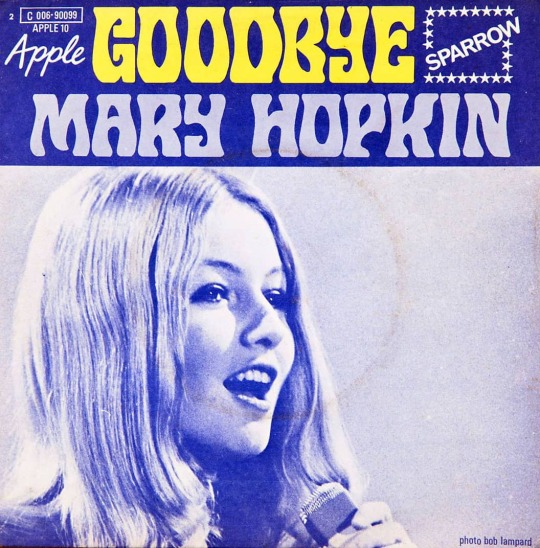
Paul McCartney plays his thighs (and bass guitar, an acoustic guitar introduction and solo, ukulele, and drums) on Mary Hopkin's "Goodbye."
35 notes
·
View notes
Text







National Fruit Compote Day
With a burst of natural sweetness, this delightful mix of fruits cooked to perfection promises a fruity explosion that tantalizes taste buds.
If you’ve got a sweet tooth, you’re probably a fan of the fruit compote. A delicious mixture of fruits or berries and sugar, the compote brings a punch of flavor to greek yogurt, a fruitful ending to a full course meal, or a sweet addition to your morning cereal. And on March 1st, if you ever needed an excuse to start your day with a mixture of sugar and fruits, then here it is!
History of Fruit Compotes
A fruit compote is a simple treat. It is technically a fruit sauce, made with fresh or frozen fruit chunks and sugar. The sugar is cooked on the stove to make a syrup, and the fruit is added in and warmed until the two mix together to create a syrupy sweet sauce. The sauce has a variety of uses, such as toast spread, in smoothies, on top of cakes or waffles, or into granola.
Food historians credit the dish’s original origin to France. The dish was originally served by itself in 17th century France as a dessert item. Interestingly enough, the dessert was originally created for its supposed health benefits.
The idea was that this dessert, or fruits cooked in any syrup, balanced out the effects of humidity in the body. The dessert was treated as a health remedy originally but eventually was served for pleasure as a dessert.
As the dish entered the medieval era, it was served at the beginning of the final course at a feast, usually with a potage, or a creamy vegetable and grain soup. Compote then became a staple dish in all feasts! In the Renaissance period, the compote was served cold in a dish to signal the end of a feast.
Since the meal was easy to prepare, did not cost much, and could be greatly varied based on the type of fruit, it became a staple throughout Jewish homes in Europe. The item was served at Jewish meals on toast, in yogurts, and creams.
Today, many countries serve compote instead of whole fruits and vegetables. Vegetable compotes are often served as soups, dips, or spreads. Fruit compotes are often used as toppings or desserts. Today, some of the most prolific compote recipes come from Germany, Holland, Belgium, Scandinavia, and France.
History of National Fruit Compote Day
Exactly when National Fruit Compote Day started being observed isn’t clear, but the food item is celebrated has been around for donkey’s years. The word ‘compote’ is from the French language, meaning a mixture.
With no dairy ingredients, fruit compote became a popular staple cuisine in Europe – but you will often find it served with yogurt or whipped cream. Many people who observe a dairy-free diet will also freeze fruit compotes in containers and eat this as a dairy-free ice cream substitute!
Fruit compote also goes well with cakes and biscuits, often serving as the fruity part of homemade cheesecakes. Pouring it over granola and cream also makes it the perfect end to a full course meal.
How to celebrate National Fruit Compote Day
If you’re feeling a bit handy in the kitchen, cooking up some fruit compote of your own isn’t too hard to do at all. Just choose your favorite berries and fruits, and boil them in water with plenty of sugar and spices. To give it some extra flavor you can add vanilla to the syrup, or drop in some orange peel or cinnamon sticks while it’s boiling. Dropping in some grated coconut will give your creation a little something extra.
Consider also trying a compote-based recipe, such as using compote to make frozen fruit popsicles, or mixing compote into ice cream to make a thickened frozen fruit treat! Make a simple compote to put into other treats.
Try topping your toast, cereal, granola, yogurt, or ice creams with this sweet spread, and you may just find your new favorite treat! If you want to eat it hot, try baking a cake or cupcake, and then filling or topping it with warm fruit compote!
If you’re in the mood for something a little boozy, one traditional recipe sees the syrup made with wine, but you could just use dried fruits soaked in alcohol if you wish. Some recipe variations call for wine, rum, or tequila to create a tangy flavor mixed with sweetened sugary fruit. You can either soak the fruit in alcohol for a few days to soak up the flavor, or you can mix the alcohol in at the cooking stage for a sharper flavor!
Looking for a creative way to get your daily serving of fruits? Don’t like eating fruits whole? There’s no better way to get your “five a day” than with a tasty treat like this, so give fruit compote a try today and join many others across the world observing National Fruit Compote Day.
Source
#apricot tarte with white chocolate mousse#seaberry and hazelnut mousse#peach cobbler#belgian waffle#National Fruit Compote Day#NationalFruitCompoteDay#1 March#ice cream#USA#Canada#food#restaurant#dessert#travel#vacation#cheese board
2 notes
·
View notes











